Watch New World and Fly Me to Minami on FilmDoo
In the transnational cinema of Kah-Wai Lim, issues of class, culture and the economy form the fabric of everyday interactions, turning border-crossing dramas like New World and Fly Me to Minami into sweetly substantive cross-sections of these interconnected times. These are films where romantic relationships are inseparable from international relations, the distance between people is both figurative and geographical, and the barriers that divide us are as much a symptom of societal problems as personal hang-ups.
A director born in Malaysia but whose life and work has brought him to Japan, China and beyond, Lim reflects on his films and the very modern world they present.
Your stories often have a transnational element to them, featuring people from different regions meeting and interacting. What keeps you coming back to this type of set-up?
The main reason is maybe that I am always a foreigner, an outsider in the places where I live. It is easier for me to create a story with those transnational elements. My first feature film, After All These Years, is a suspense film about a man who returns to his hometown but finds out no people remember him, not even his family and friends. This film was made in Beijing. My second feature film Magic and Loss was made on an island in Hong Kong. It is a strange film about two girls from Japan and Korea who exchange their bodies and identities on an isolated island. After that, I made New World and Fly Me to Minami, as you know.
So if I could summarise the theme of my films, they are always about identity and communication, but this kind of identity and communication is not only limited to the personal aspect but also relates to countries, languages and cultures.
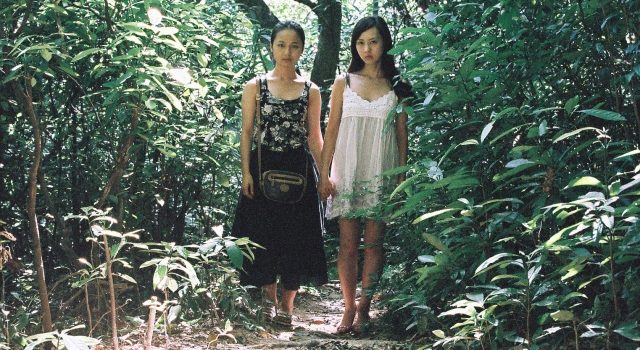
Does this approach create any problems in the production stage?
First of all, there aren’t many difficulties for me to shoot my films in East Asia. I am Chinese Malaysian, and staying in Japan. I’ve also lived and worked in China and Hong Kong for a time, so I understand the differences of thinking and customs between China and Japan. Language for communication is not a barrier for me since I speak both languages fluently.
However, recently I also made a film in Balkan region, mainly former Yugoslavian countries like Slovenia, Serbia, Croatia, Montenegro and Macedonia. The culture, history, language, races, religions and customs there are totally different and far from what I’m familiar with. Everything was fresh and unknown to me, but that also might have been why I was fascinated by that region and wanted to make a film there. Since those countries are totally different from Asia, the challenges I faced were much bigger and more difficult, especially the lifestyle and thinking style. However, I am flexible and experienced with adjusting myself to any circumstances, so in the end, I enjoy the process of making films in multiple countries.

As countries and regions become more culturally, economically and technologically connected, do you believe that it’s now also easier to feel emotionally connected with someone who’s living many miles away?
Yeah, emotionally it has become very easy. On the other hand, because it is so easy and happens in real time, it probably also means the emotion is not real. Since everything is connected quickly, at the same time, it also disappears quickly. I think we will only show our real interests and concerns to the real people we physically meet. This is the reason I always travel to different countries and talk to the real person there.
Your film New World makes multiple references to national history – specifically in terms of the changing relationship between Japan and China. In what ways do you think this history can play a role in our day-to-day lives and the way we see the world?
In fact, more people nowadays are not interested in their own country’s history. Due to the fast development of internet and social media, young generations especially are more interested in “the now” and virtual reality. At the same time, they are easier to influence by fake news or fake documentaries about history. The young generation now doesn’t even use Facebook or traditional social media to post messages or photos. They prefer to post 15 second “stories” on Instagram. Those 15 second videos will automatically disappear in 24 hours!
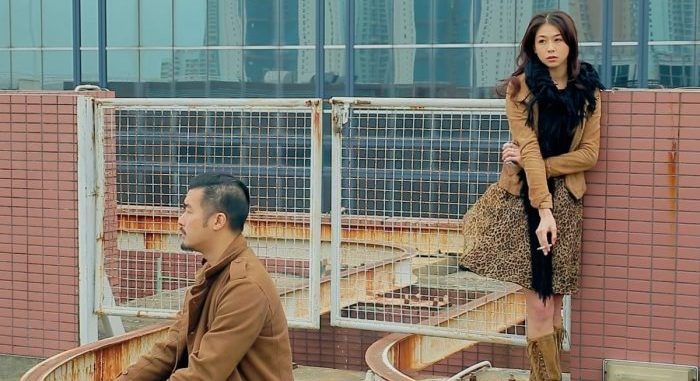
I think it is a crisis of communication nowadays. Since they don’t have any pre-mind about the history, if the country tried to brainwash them or input an ideology, they would believe it easily. I think it is very dangerous. As a filmmaker, I think I have a responsibility to tell or remind the audience about the truth, the fact of history.
Do you draw much from your own experiences?
Yeah, basically most of my films are based on my personal experiences. I used to develop stories around ideas or characters I met in my life. I love to imagine what they will be in the near future.
What are you working on next?
When I made New World and Fly Me to Minami in 2010 and 2012 respectively, the situation of Japan compared to other East Asian countries was very bad. In some ways, it was very depressed and upset. However, after the Japanese government started developing the inbound travel economy in 2014, as a country to visit, suddenly Japan became very popular among Chinese and Korean tourists. Nowadays in Japan – not just those metropolitan cities like Tokyo or Osaka, but even in a lot of rural, unknown and small places – you can see a lot of foreign tourists. Most of them are Chinese and Korean young generation couples or families. It is a situation that no one could have imagined at the time I made both those films.
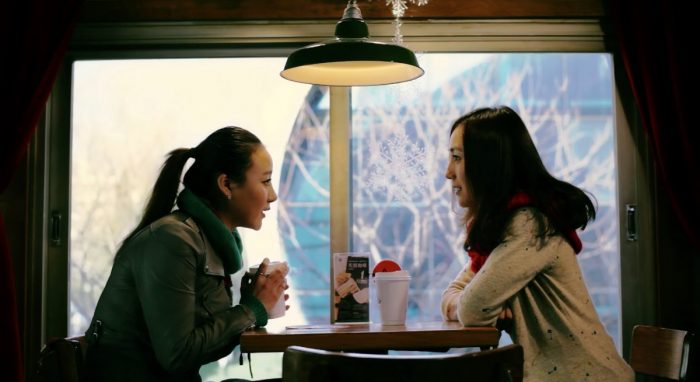
In fact, I am going to make a trilogy about Osaka. I plan to make the third instalment after New World and Fly Me to Minami this winter, but this time, I will be more focused on the differences between foreigners and Japanese. For examples, nowadays, a lot of Japanese feel very depressed and less confident in this economic and political era. They want to leave Japan or escape from Japanese society. At the same time, most Japanese don’t have any interest in other countries. On the other hand, when a lot of foreigners come to Japan, they not only enjoy traveling in Japan, they also like the services and stuff which the Japanese provide. Even some foreigners make a business or start a new life here. I would like to explore this very interesting contrast between the Japanese and the foreigner. The title will be Come and Go.
Watch New World and Fly Me to Minami on FilmDoo
Find more Asian films here.
Cover photo from WeShareInterests.com

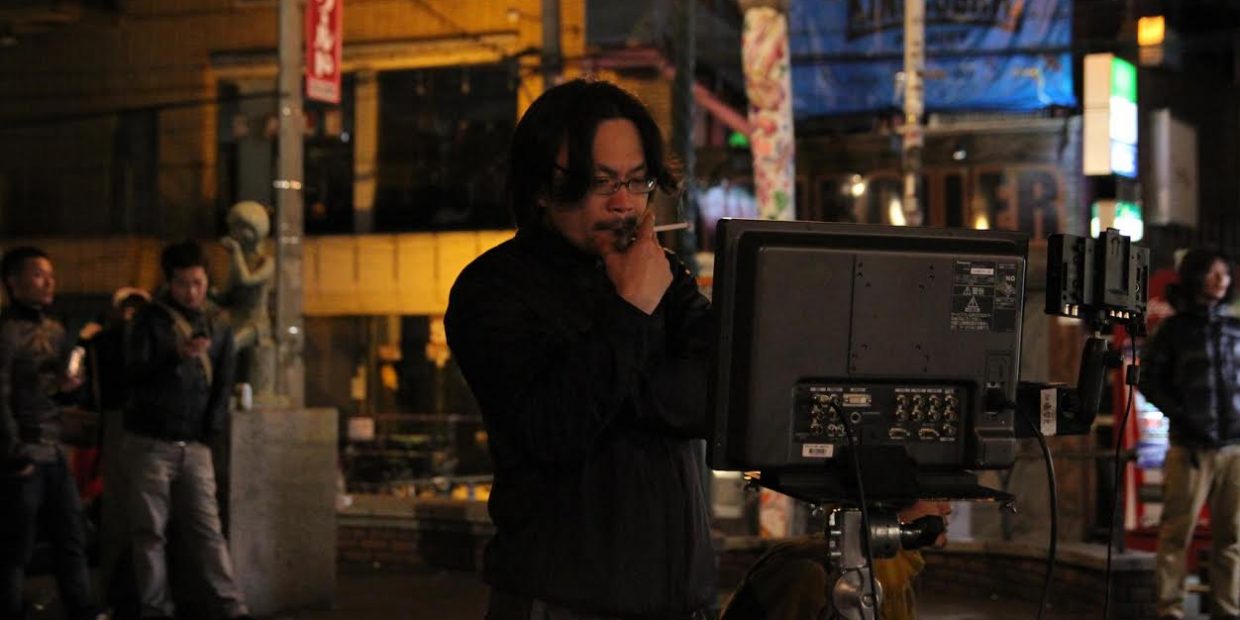


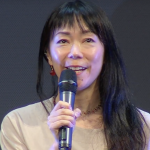

Japanese films seam so timeless